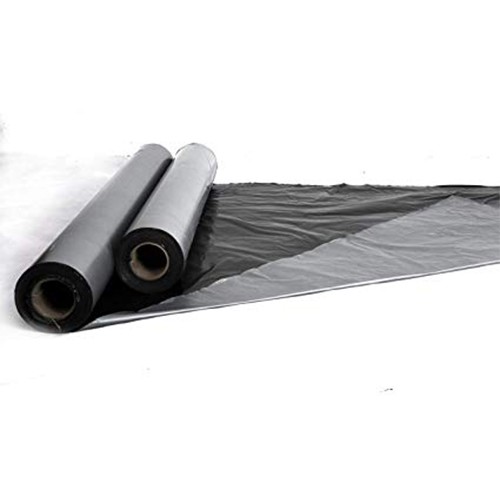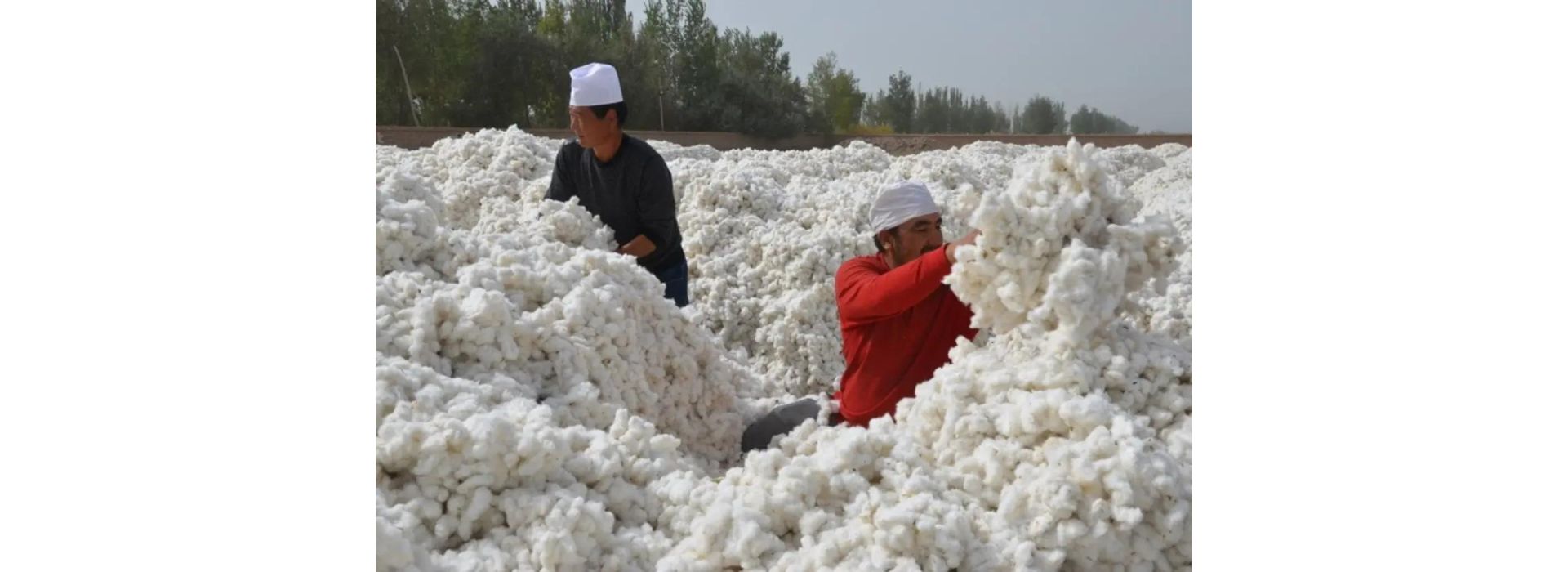A Comprehensive Guide to Mulching
February 21, 2024Mulching is a tried-and-tested agricultural practice that offers many benefits to farmers, from conserving soil moisture to suppressing weeds and enhancing soil fertility. In this comprehensive guide, we delve into the intricacies of mulching, exploring its various types, benefits, application methods, and best practices to help you optimize your crop yield and foster sustainable agriculture.
https://krishibazaar.in/search/All/mulching
Types of Mulch:
Organic Mulch:
Comprising materials such as straw, hay, leaves, grass clippings, and compost, organic mulch decomposes over time, enriching the soil with organic matter and nutrients. Its ability to regulate soil temperature, retain moisture, and prevent erosion makes it a popular choice for many crops.
Inorganic Mulch:
Materials like plastic film, geotextiles, and gravel fall under this category.
Inorganic mulch effectively suppresses weeds, conserves moisture, and moderates soil temperature, although it does not contribute to soil fertility like organic mulch.
Benefits of Mulching:
Moisture Conservation:
Mulch acts as a protective barrier, reducing water evaporation from the soil surface and maintaining soil moisture levels, particularly crucial during dry periods.
Conserved moisture ensures optimal plant hydration, promoting healthy growth and development.
Weed Suppression:
By smothering weed seeds and blocking sunlight, mulch inhibits weed germination and growth, minimizing competition for water, nutrients, and sunlight with cultivated crops.
Reduced weed pressure translates to less time and labor spent on manual weeding, leading to cost savings and improved efficiency.
Soil Health Enhancement:
Organic mulches enrich the soil as they decompose, increasing soil organic matter content, improving soil structure, and fostering beneficial microbial activity.
Enhanced soil health translates to improved nutrient availability, root development, and overall crop vigor, resulting in higher yields and better quality produce.
Application Methods and Best Practices:
Preparation: Before mulching, prepare the soil by removing existing weeds, loosening compacted areas, and applying any necessary fertilizers or soil amendments.
Mulch Thickness: Apply mulch to a depth of 2-4 inches, ensuring uniform coverage around the base of plants while leaving a slight gap to prevent moisture-related issues like stem rot.
Maintenance: Periodically replenish mulch as it decomposes, ensuring a consistent layer to reap maximum benefits. Monitor moisture levels regularly and adjust irrigation as needed to complement mulching efforts.
Mulch Selection: Choose mulch materials based on crop requirements, local availability, and specific site conditions. Experiment with different types to determine the most suitable option for your farming operation.
At krishibazaar.in, you can find and buy various agricultural products. For agricultural guidance on selecting the most suitable products for your crops, please contact or WhatsApp at +917887880887.






Guest reviews
No reviews found for this Blog